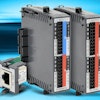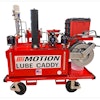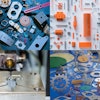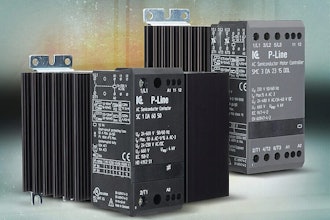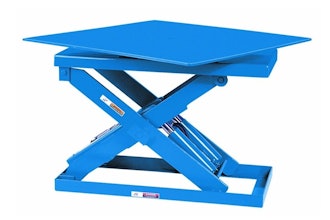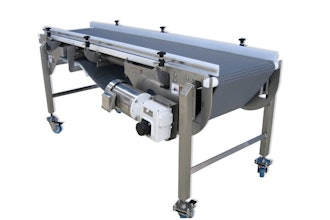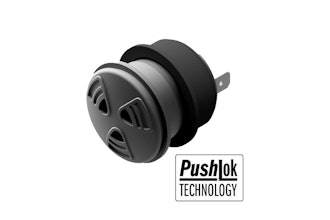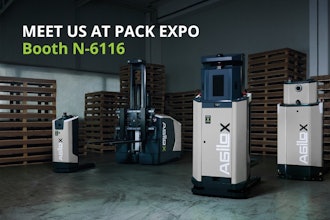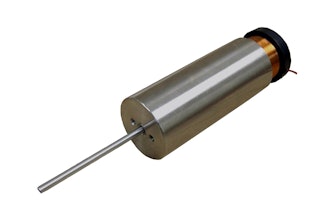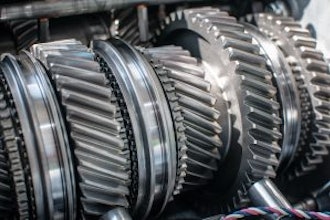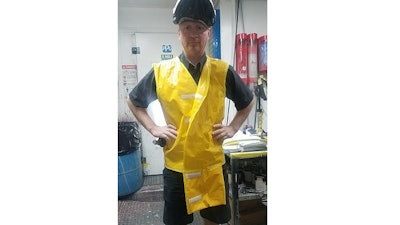
Summer in Charlotte, NC can be brutal, with temperatures regularly reaching over 90˚F: hot enough to melt the ice cream right out of the cone. It’s hard to stand outside, harder to work outside, and harder still to work in a collision repair center, where the curing oven bakes the cars—and employees—after painting.
David Nutter, a Painter at Cadillac of South Charlotte, reports that the thermometer regularly reports temperatures of 100˚F in the summer, creating a workplace that is potentially dangerous to Nutter and his employees. Excessive heat can cause dehydration, heat exhaustion, and in the most serious cases, heat stroke. At worst, the working environment can hospitalize employees if not monitored closely, but heat can also cause fatigue, slow down productivity and cloud judgment.
Cadillac of South Charlotte is a stand-alone Cadillac dealer with a 9,300-square foot collision center. They have two paint booths, which keep Nutter and his two assistants plenty busy with prep, painting and moving cars along to the curing oven. For the past four summers, Nutter has worn a 3M Versaflo face shield, which supplies cool air, keeping his face and head from overheating.
Bruce Dunehew, the Collision Center Manager, was impressed by the effectiveness of the mask, and wanted to expand protection to cool the whole body.
“The mask that we use is fitted with a Vortec system to cool the air, and it works very well,” said Dunehew. “I was excited to see that Vortec offers a cooling vest as well.”
A Different Kind of Ice PAC
Vortec Personal Air Conditioning Vests (PACs) circulate cool air to minimize temperature-related stress and fatigue, thus improving comfort and productivity.
The key to this low-cost personal air conditioner is the vortex tube, which converts compressed air to a low-pressure cold air source by spinning it rapidly, thus splitting into hot and cold air streams. The cold air stream feeds into the vest, which diffuses the air flow around the worker’s torso, keeping them comfortable and productive.
The circulating air is up to 60 degrees F cooler than ambient, keeping workers cool even in oppressive environments, like the 120°F experienced in the Cadillac of South Charlotte paint booths.
These durable, plasticized vests are available in three sizes and provide continuous cooled air through their perforated lining. They do not restrict movement, do not absorb sweat or other contaminants, and can be worn under other protective clothing, like David Nutters painter’s coveralls.
The cooling vest requires no hook-ups other than a compressed air source, which in this case is supplied by a rotary screw compressor that feeds air to the mask, vest and air tools used throughout the collision center.
An Ice Thing for Managers and Employees Alike
Dunehew purchased an L/XL size vest, which came with an extra section of cooling fabric – an extender - which can transform the vest from an L to an XL if needed. Since Nutter is not an XL kind of guy, Dunehew and Nutter soon devised other plans for the extra material.
“We moved the extender from the chest area, where I don’t need it,” explains Nutter, “and moved it to the ‘nether regions’ which makes working in this heat a lot more bearable.”
Dunehew’s wife, a professional seamstress, made the alterations, essentially adding the extender and removing and re-attaching with appropriate stitching to ensure proper airflow through the vest. Now when air is supplied to the Vortex tube, the vest and the extender pouch fill simultaneously, keeping the wearer cool and comfortable. Dunehew reports that movement is moderately restricted, so when he puts it on, he keeps it on until the job is done.
Although Dunehew and his team have not calculated the additional throughput or efficiency since adding the cooling vest, they have seen improvement, making the $300 investment “well worth it.”
Especially considering the fact that it hasn’t broken down or needed further maintenance, the vest system is an added boost, providing needed cooling without any additional technical problems.
“It helps immensely,” exclaims Nutter. “I am markedly cooler and a lot more comfortable. I’m able to concentrate more on the task at hand, which is much more beneficial.”
When trying to stay cool in the summer heat, it may seem counterintuitive to add layers of clothing, but when that clothing is a cooling vest, the effects are immediate and substantial, as demonstrated by the team at Cadillac of South Charlotte.
Cincinnati-based Vortec is a division of the Fortune 200 firm Illinois Tool Works. For additional information, visit them online at www.vortec.com or email [email protected].

